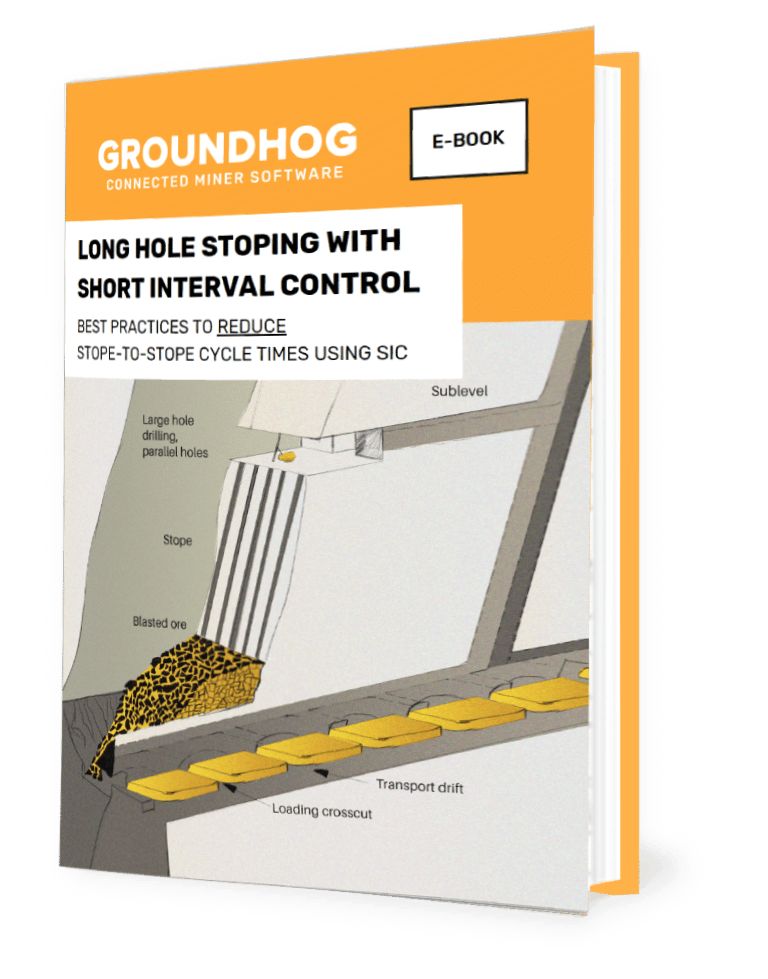Managing labour performance can be quite tricky and there is absolutely a right way and a wrong way to do it. Unfortunately, the wrong way, while possibly providing a short term productivity boost will certainly cause a long-term drop in morale and production as a whole. In this blog, we’ll go over how you can support your workforce with labour monitoring, in turn boosting production.
Avoid Placing Direct Blame:
Depending on how you track your labour performance, you may feel like there is someone clearly lacking in performance. However, if this isn’t a pattern of poor performance, it’s important to consider the whole situation. What other factors could be hurting labour performance and how can you help to eliminate them. The best case scenario for boosting labour performance is always to make big improvements without damaging morale. The unfortunate reality is that low morale will do significantly more damage to your overall labour performance than one underperforming employee ever could. For this reason, it’s important to examine the whole situation. Then, make necessary changes, such as switching up task scheduling, before resorting to blaming someone specifically.
Oftentimes, managers don’t really have enough quality data to make good decisions surrounding performance.
Don’t Underestimate Feedback:
Don’t be afraid to ask employees what they think or for help. Oftentimes, the insights they can provide will shed light on problems that wouldn’t have been apparent from a management perspective. Then, approach the problem with the mindset you want to help support them in their work and employees will be much more receptive to your efforts to boost labour performance.
Don’t be afraid to ask employees what they think.
Collect and Use Data Effectively:
Oftentimes, managers don’t really have enough quality data to make good decisions surrounding performance. The best way to solve this problem is with a fleet management system. Using a system like GroundHog SIC, managers can view the performance of individuals and monitor/adjust their tasks in real-time. The ability to adjust as the shift progresses allows everyone to perform at their absolute best since it eliminates wasted time in the case of events such as downed equipment or delays.
To learn more about GroundHog SIC and how to better manage labour performance, Click Here.



